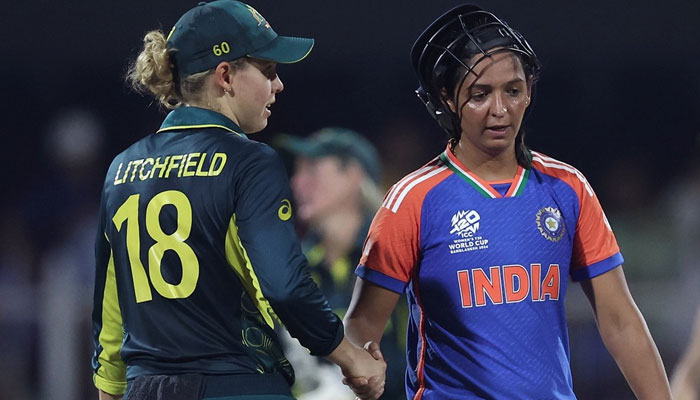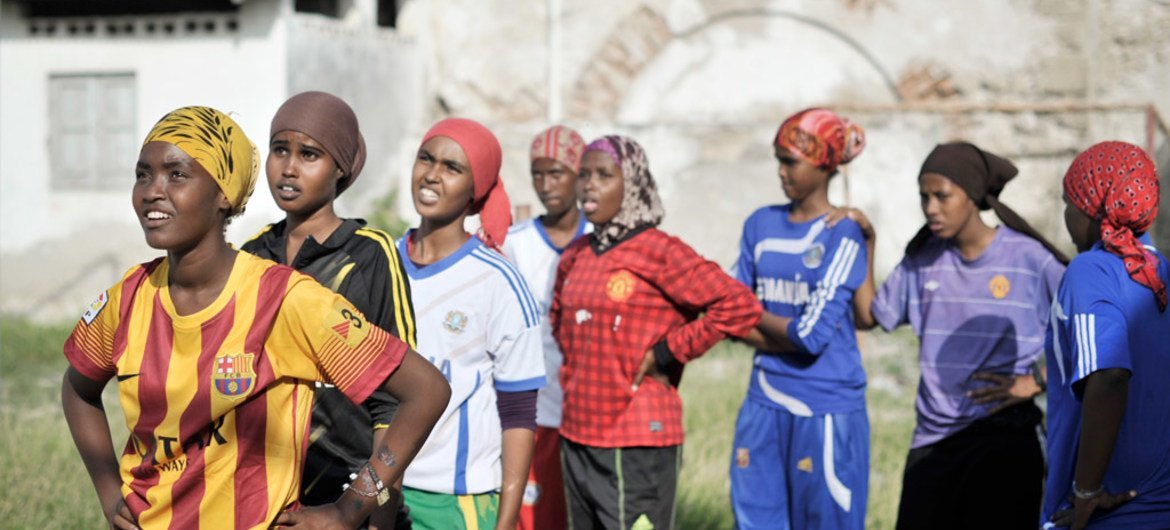Introduction
Organizing a cricket tournament requires meticulous planning, coordination, and execution. Whether you’re hosting a local community tournament or an international event, the key to success lies in attention to detail and a well-structured plan. In this article, we’ll provide a comprehensive guide on how to organize a cricket tournament, covering all aspects from preparation to execution.
Pre-Tournament Planning (Weeks 1-4)
- Define the tournament format:
- Determine the type of tournament (e.g., T20, ODI, Test match).
- Decide on the number of teams and players.
- Choose a suitable venue and dates.
- Set up a organizing committee:
- Gather a team of dedicated individuals to assist with planning and execution.
- Define roles and responsibilities (e.g., tournament director, marketing manager, logistics coordinator).
- Create a budget and secure funding:
- Establish a budget for venue rental, equipment, marketing, and other expenses.
- Explore sponsorship opportunities and secure funding.
- Develop a marketing strategy:
- Create promotional materials (e.g., posters, flyers, social media graphics).
- Utilize social media and local press to generate buzz and attract participants.
Tournament Preparation (Weeks 5-8)
- Finalize the tournament schedule:
- Create a match schedule and fixture list.
- Ensure adequate time for warm-ups, matches, and breaks.
- Arrange for equipment and supplies:
- Source high-quality cricket equipment (e.g., balls, bats, protective gear).
- Purchase necessary supplies (e.g., scorebooks, first aid kits).
- Recruit umpires and scorers:
- Identify experienced umpires and scorers.
- Ensure they are familiar with tournament rules and regulations.
- Prepare the venue:
- Inspect the venue to ensure it meets safety and playing standards.
- Make necessary arrangements for parking, seating, and amenities.
Tournament Execution (Tournament Days)
- Set up the venue:
- Arrange the playing field, nets, and equipment.
- Ensure adequate seating, parking, and amenities for spectators.
- Conduct a pre-tournament briefing:
- Gather all participants for a comprehensive briefing.
- Cover rules, regulations, and expectations.
- Oversee match days:
- Ensure punctual starts and smooth transitions between matches.
- Monitor weather conditions and adjust the schedule accordingly.
- Manage scoring and results:
- Designate a scoring system and update results in real-time.
- Display scores and standings prominently.
Post-Tournament Activities (Weeks 9-12)
- Evaluate the tournament:
- Gather feedback from participants, spectators, and officials.
- Identify areas for improvement.
- Distribute awards and recognition:
- Present trophies, medals, and certificates to winners and participants.
- Recognize outstanding performances and contributions.
- Review finances and budget:
- Reconcile expenses and income.
- Identify areas for cost savings and optimization.
- Plan for future events:
- Apply lessons learned to future tournaments.
- Begin planning for the next event, incorporating improvements and innovations.
Conclusion
Organizing a cricket tournament requires dedication, hard work, and attention to detail. By following this comprehensive guide, you’ll be well-equipped to host a successful and enjoyable event for participants and spectators alike. Remember to stay flexible, adapt to challenges, and continually evaluate and improve your tournament planning and execution.












